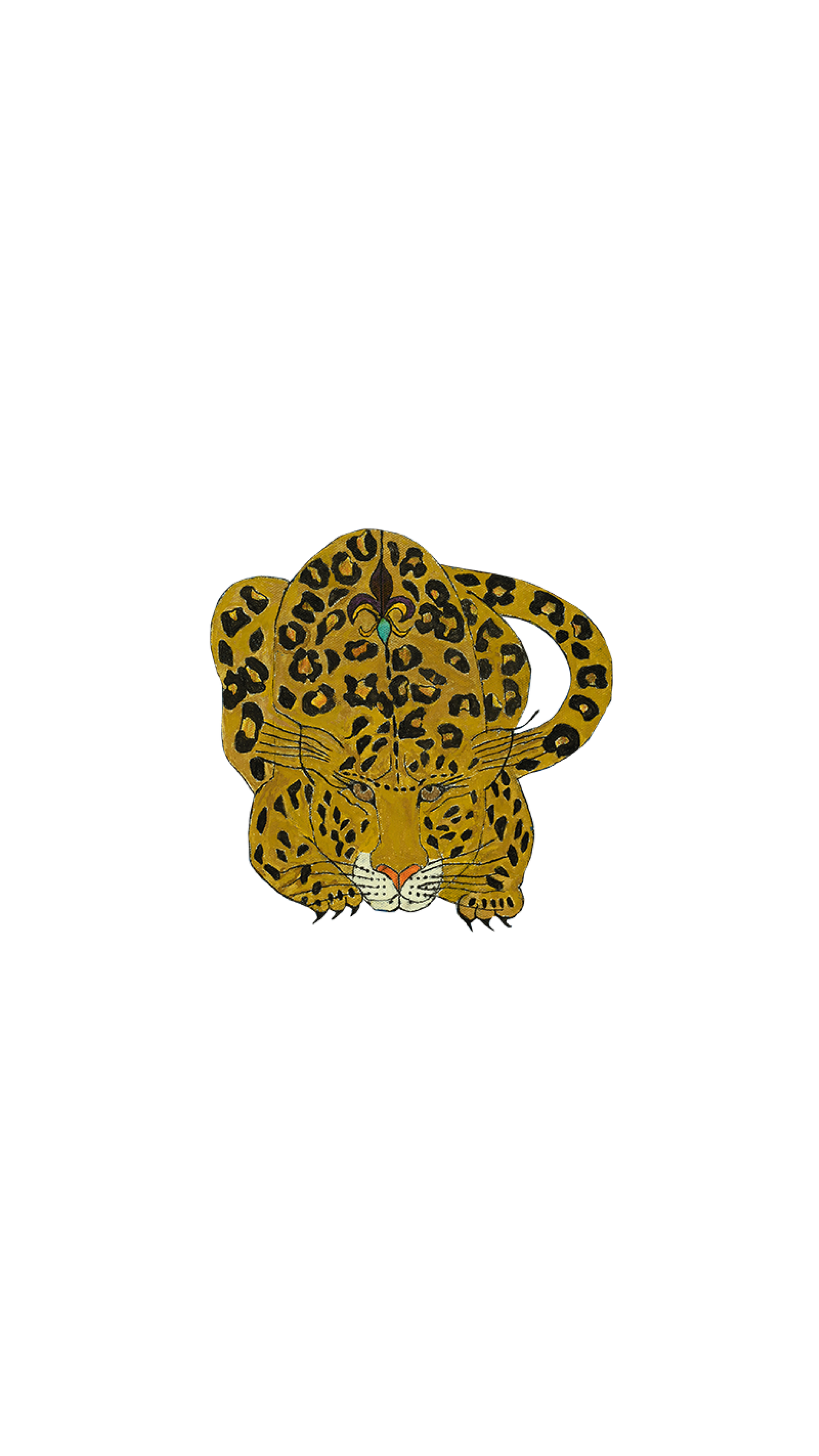Viola tricolor is a unique and distinctive plant that has long been known for its significant anti-inflammatory and antioxidant activity. Another term for Viola tricolor is heartsease, also known as the royal pansy. The active ingredients in Viola tricolor responsible for its potent medicinal properties are polyphenols (Rimkiene et al, 2003). The utilization of Viola tricolor has been established for many years defining an integral ingredient in therapeutic phytomedicine (Vukics et al., 2008a). Flavonoids, saponins, ascorbic acid and tocopherol are among potent products found in Viola Tricolor (Rimkienè et al., 2003). One of the most critical elements are the antioxidant flavonoid compounds especially rutin (Piana et al., 2013, Vukics et al., 2008a and Vukics et al., 2008b). Flavonoids, which are found in this plant, have been utilized in dermatology and in cosmetics for many years. It has been shown that the flavonoids are able to permeate the stratum corneum and reach the viable layers of the epidermis and dermis. Rutins, one of the effective compounds in the Viola based flavonoids, are known to inhibit collagenase and metalloproteinase 9. Rutin is a type of quercetin glycoside and is also referred to as vitamin P representing a member of the bioflavonoid family. The rutins represent potent antioxidant and anti-inflammatory agents. Rutin is also capable of decreasing capillary fragility and has an inhibitory effect of intravascular thrombosis.
The polysaccharides from Viola tricolor have been shown to improve epidermal moisturization by increasing aquaporins-3 activity within the dermis. In the skin, aquaporins-3 function as the mechanism that allows water to move against the concentration gradient to where water is deficient. Improving osmotic function is a novel approach for improving skin moisture. Research studies have indicated that aquaporins-3 are involved in skin hydration, elasticity and barrier function and wound healing. Over and above the flavonoids, salicylic acid and the rutins, there are additional ingredients that contribute to its efficacy including keratinoids, coumarins, sapponins, ascorbic acid, and tocopherol (https://activeconceptsllc.com/wp-content/uploads/2016/01/10346PF-ABS-Viola-Tricolor-Extract-PF-New-Technical-Data-Sheet-v2.pdf).
3 % Viola tricolor gel (3%) or sulfadiazine (1%, used as a positive control) can prevent allodynia and edema associated with UVB irradiation (Piana et al 2013).
The increase in the metalloproteinase can be significantly reduced by Viola tricolor gel (3%) following ultraviolet irradiation. In addition to rutins, salicylic acid and the tannins are likely additional potent products that contribute to the beneficial effects of the ingredient. Interestingly, the other types of Viola, not specifically Viola tricolor, exert inhibitory properties on matrix metalloproteinase 1. It has been postulated and shown by Moon and coworkers that the flavonol glycoside derived from Viola reduced UV induced metalloproteinase I expression. As previously mentioned matrix metalloproteinase 1 is upregulated in photoaged skin and contributes to the degradation of the collagen and elastic tissue matrix of the skin. The tannins also found in Viola tricolor have bactericidal and fungicidal activity and facilitate the healing process of wounds, burns, and inflammation (Moon HI et al 2005).
Toiu and coworkers found that Viola tricolor extract 50 mg tincture per 100 g.b.w. reduced polymorphonuclear leukocytic and monocytic percentages and the percent of activating circulating phagocytes, corroborative of the anti-inflammatory properties of viola. Another study found that rutin in the crude extract of the Violet tricolor had better antioxidant activity largely attributable to the high level of polyphenols, flavonoids and tannins (Piana et al 2013) (Toiu et al, 2007). One of the critical flavonoids at high concentrations is rutin and therefore studies focusing on a cream containing rutin would likely be relevant to the effects of viola tricolor in a cream vehicle base given the naturaly high levels of rutins found in viola tricolor.In the study by Choi and coworkers, the authors examined the effects of 2% rutin cream on antiaging. At that percentage, the rutin reduced H2O2 induced cellular senescence. Rutin reduces metalloproteinase I and enhances the production of collagen 1. The length and number of wrinkles was significantly reduced by 30%. It also objectively improved dermal density and repairs elasticity. Dermal density improved 10.73% after 2 weeks and 20.16% after 4 weeks of application of the rutin-containing cream in the experimental group. Rutin-containing cream improved skin elasticity 25.34% after 2 weeks and 40.50% after 4 weeks of application. The length of crow's feet improved by 13.45% after 2 weeks and 23.90% after 4 weeks. Additionally, the area of crow's feet improved by 14.66% after 2 weeks and 27.19% after 4 weeks. The number of under-eye wrinkles improved by 31.96% after 2 weeks and 49.48% after 4 weeks (Choi et al 2016).


